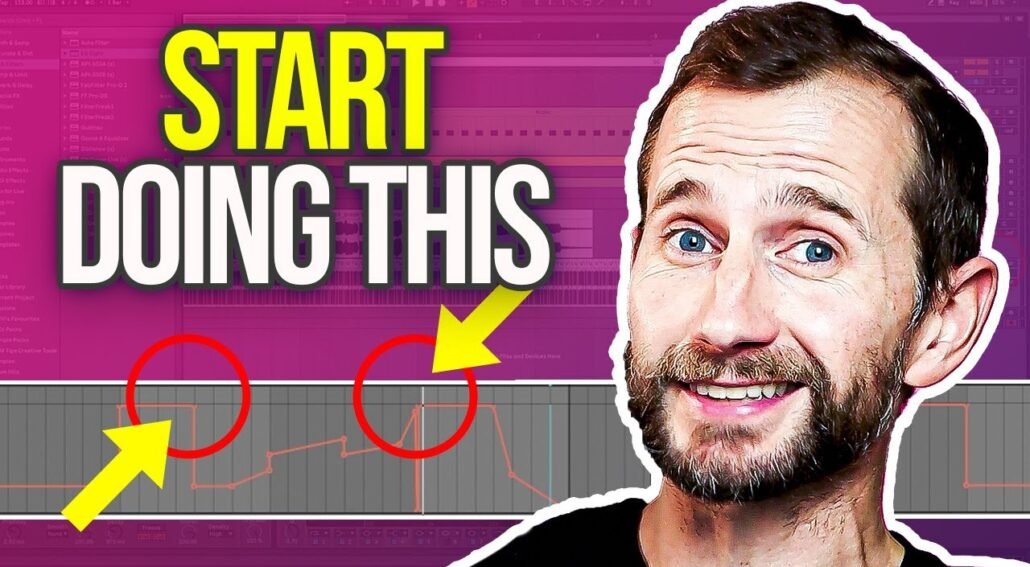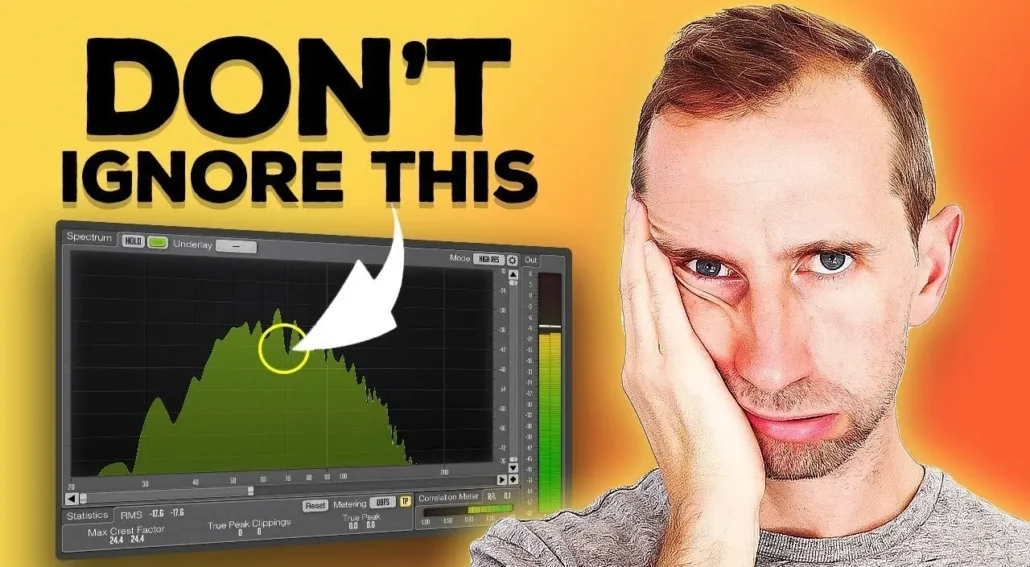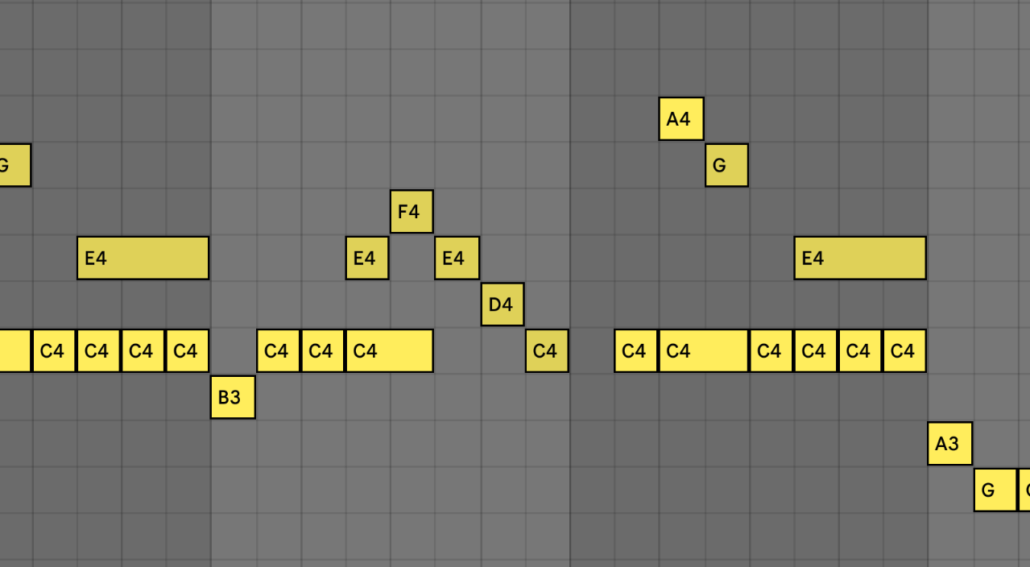
8 Techniques for Instantly Better Music
Want your tracks to feel tighter, cleaner, and more polished? Below are eight practical techniques you can apply today to make your music sound more professional—without buying loads of plugins.

Want your tracks to feel tighter, cleaner, and more polished? Below are eight practical techniques you can apply today to make your music sound more professional—without buying loads of plugins.

Getting a balanced mix might sound simple… until you actually try it. Between the EQs, compressors, reverbs, and endless plugin options, it’s easy to lose perspective and end up with a muddy or harsh mess. The good news? With a clear system, you can make mixing far easier — no matter your experience level.
In this post, you’ll learn five proven steps to achieve a clean, balanced mix that sounds professional in any genre. These are the techniques I wish I’d learned 25 years ago — they would’ve saved me years of frustration…

When you’re producing electronic dance music, few elements are as important as the kick and the bass. Nailing the kick can mean the difference between a track that gets ignored and one that shakes the dance floor. In this guide, you’ll discover how to select, tune, and process the perfect kick drum so your low-end hits hard and sits beautifully in the mix.

When it comes to mixing electronic music, the kick and bass relationship is absolutely pivotal. These elements not only provide groove but form the very foundation your track is built upon—just like the solid base of a skyscraper. Yet, for many producers, achieving that punchy, tight, and professional low end remains elusive.


Welcome to the ultimate guide on producing Tech House music inspired by the sounds of Dom Dolla!
In this post, we’ll dive deep into the techniques and elements that make up that infectious groove that has everyone dancing. Whether you’re a seasoned producer or a beginner, this step-by-step tutorial will guide you through the process of creating your own track. And don’t worry, you can download the project file and all samples for free at the end!

Writing catchy melodies that stick in your listener’s head can be a game changer for any music producer. These are the tunes that people hum unconsciously, even if they claim to dislike them. In this blog post, we will explore the key elements that make a melody catchy, using examples from popular songs across various genres. By the end, you will have a better understanding of how to craft your own memorable melodies.

Melodies are often the heart of a track, the element that gets stuck in the listener’s head. In this guide, I’ll take you through every step of how to write melodies, from choosing the right scale, creating the chords, adding the rhythm, all the way through to humanizing the final result. We’ll also tackle common mistakes and advanced tips, including writing counter melodies. Let’s get into it…

In a recent interview at the Amsterdam Dance Event, EDM Tips sat down with Ferry Corsten, a pivotal figure in trance music whose career has spanned more than 25 years. Known for his multiple aliases, genre-defining hits, and lasting influence, Ferry shared his thoughts on production, career longevity, and what keeps him thriving in an ever-evolving industry…

If there is one thing that a lot of EDM producers and DJs have been accused of at one time or another, it is “sounding like everyone else”.
Now, if this is something you have noticed yourself, it isn’t your ears playing tricks on you: Most people are more interested in being popular rather than unique.
Once the general public falls in love with a particular sound or style, it is easy to keep them happy, so producers will tweak these tracks and then keep churning them out. Copycat producers will also try and replicate the popular sounds, too.
If this is not something you are interested in doing and want to make a real name for yourself, here are a few tips for you…